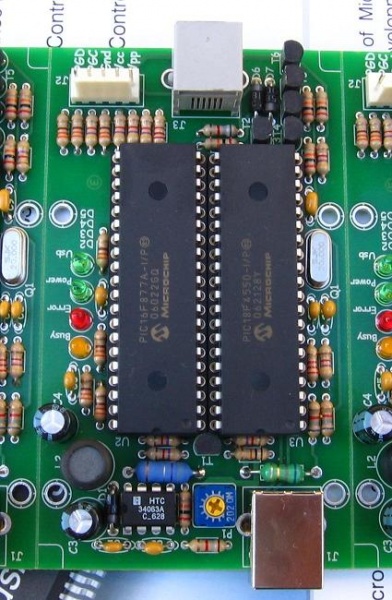ScratchBuild
Member level 2

- Joined
- Nov 8, 2006
- Messages
- 51
- Helped
- 2
- Reputation
- 4
- Reaction score
- 0
- Trophy points
- 1,286
- Location
- South Africa
- Activity points
- 1,705
potyo icd2
Hi guys and newbies,
I started this thread because I cannot see any of you guys trying to build the ICD2 reading 55 pages and then try to figure out what and where to go with this.
I will post what I have but does not guarantee it is the latest. So if you have later stuff than me please feel free to post.
Regards
Nic
Added after 11 minutes:
Here is the latest firmwares I use:
There are tjree firmwares for the 4550
1) The first one is the original
2) The second is the fix for the firmware overwrite problem
3) the third disables MCLR
Regards
Nic
Hi guys and newbies,
I started this thread because I cannot see any of you guys trying to build the ICD2 reading 55 pages and then try to figure out what and where to go with this.
I will post what I have but does not guarantee it is the latest. So if you have later stuff than me please feel free to post.
Regards
Nic
Added after 11 minutes:
Here is the latest firmwares I use:
There are tjree firmwares for the 4550
1) The first one is the original
2) The second is the fix for the firmware overwrite problem
3) the third disables MCLR
Regards
Nic





